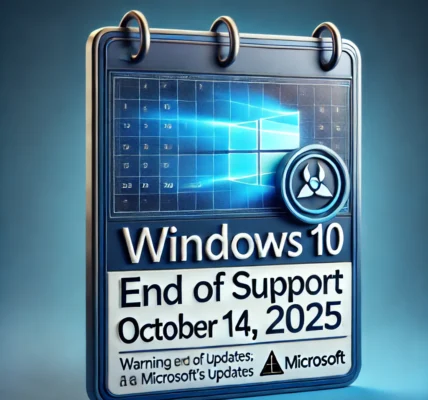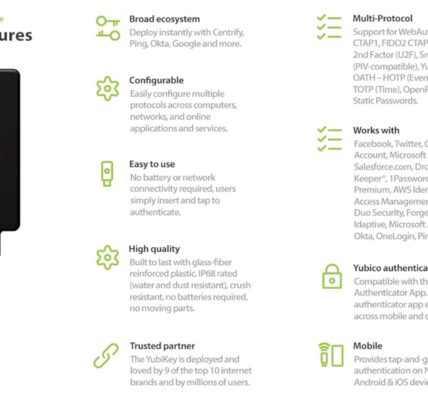Microsoft Unveils New Hot Patching Technology for Enhanced Updates

In a significant advancement for system administration and software maintenance, Microsoft has announced the launch of its new hot patching technology. This innovative approach is set to revolutionize the way updates are applied, ensuring that users experience minimal disruption while maintaining the security and performance of their systems. As organizations increasingly rely on high availability and uptime, the implications of this technology are profound. It promises to streamline the patching process, reduce downtime, and enhance overall system reliability.
Microsoft Introduces Innovative Hot Patching Technology for Updates
Microsoft’s new hot patching technology allows for critical updates to be applied to running applications without requiring a full system reboot. Traditional patching methods often necessitate downtime, leading to interruptions in service and productivity. With hot patching, system administrators can implement updates seamlessly, minimizing the impact on operations. This capability is particularly crucial for industries where continuous uptime is essential, such as finance, healthcare, and cloud services.
The technology employs advanced algorithms to identify and modify code while the application is still running. This ensures that essential updates, such as security patches, can be applied immediately rather than waiting for scheduled maintenance windows. By providing this flexibility, Microsoft is addressing a critical pain point for IT teams tasked with maintaining system security and performance under tight schedules and varying operational demands.
Furthermore, Microsoft has integrated this technology into its existing ecosystem, making it accessible for various applications and services within its suite. This integration reflects Microsoft’s commitment to enhancing user experience and responsiveness in software management. The introduction of hot patching is expected to be a game changer, enabling organizations to manage their IT environments more efficiently and effectively.
Enhancing System Reliability with Seamless Patch Management
Hot patching not only improves the speed of updates but also contributes significantly to system reliability and security. By allowing patches to be applied without downtime, organizations can ensure that their systems are always up to date with the latest security measures. This proactive approach mitigates risks associated with vulnerabilities that could be exploited by malicious actors. The continuous security posture of a system, achieved through instant updates, is essential in today’s threat landscape where cyberattacks are becoming increasingly sophisticated.
Moreover, this technology streamlines the patch management process, reducing the complexity involved in scheduling and deploying updates. With automated hot patching, IT teams can focus on other critical tasks rather than managing downtime and user complaints. The reduction of manual intervention in the update process minimizes the likelihood of errors, ensuring that patches are applied correctly and consistently across systems. This reliability fosters greater trust in the overall IT infrastructure.
As organizations adopt this new technology, they are likely to witness improvements in operational efficiency and employee productivity. The ease of managing updates translates to a more agile IT environment where resources can be allocated towards innovation and strategic initiatives rather than routine maintenance. Microsoft’s hot patching technology is poised to redefine patch management practices, setting a new standard for reliability and responsiveness in software updates.
In summary, Microsoft’s unveiling of hot patching technology marks a significant milestone in the realm of software maintenance and system reliability. By allowing updates to be applied seamlessly without system downtime, organizations can enhance their security posture while minimizing disruptions to operations. As this technology becomes more widely adopted, it is expected to transform the way companies approach patch management, ultimately leading to improved efficiency and reduced risk. With hot patching, Microsoft has positioned itself at the forefront of innovation in IT management, paving the way for a more resilient digital future.

































